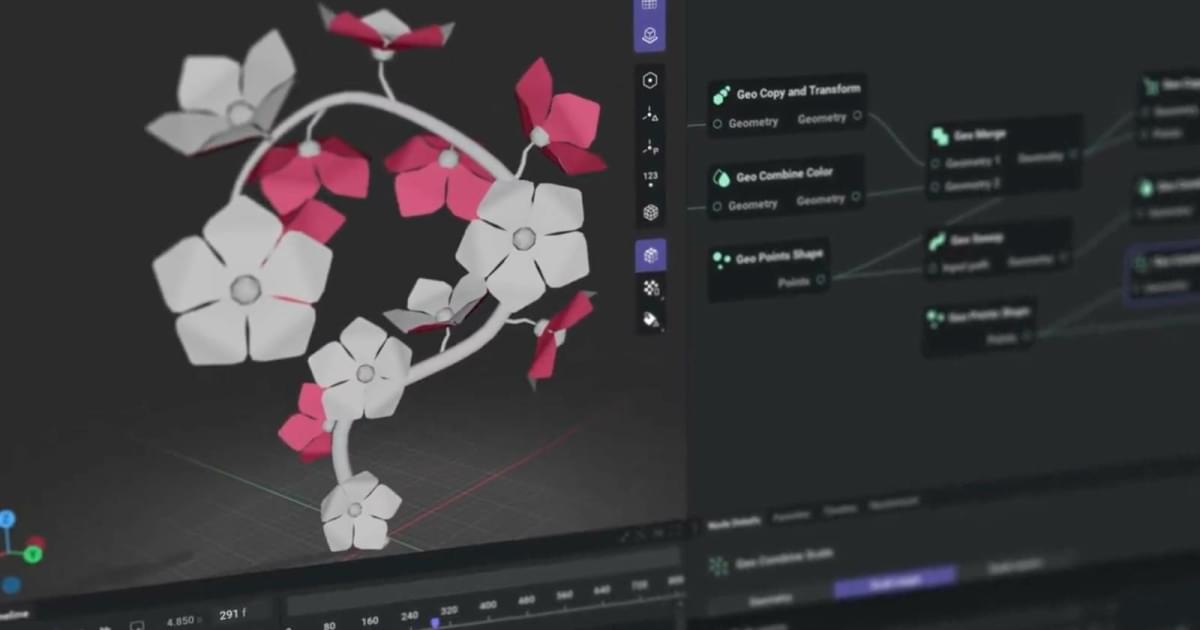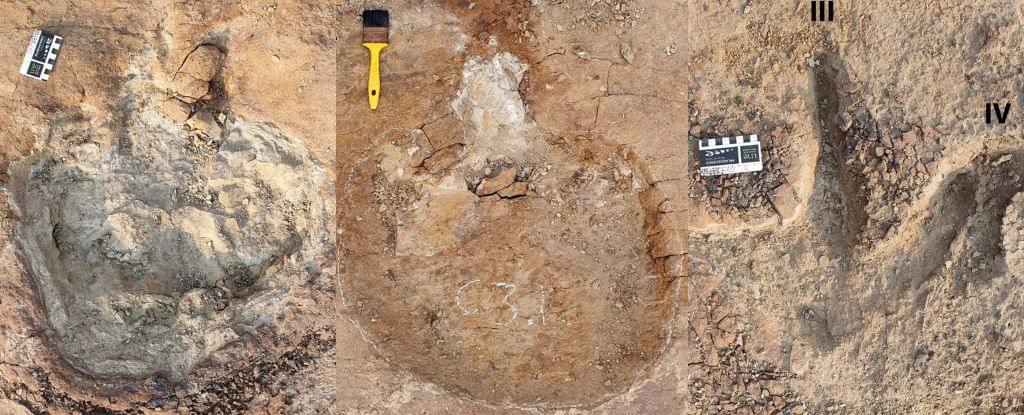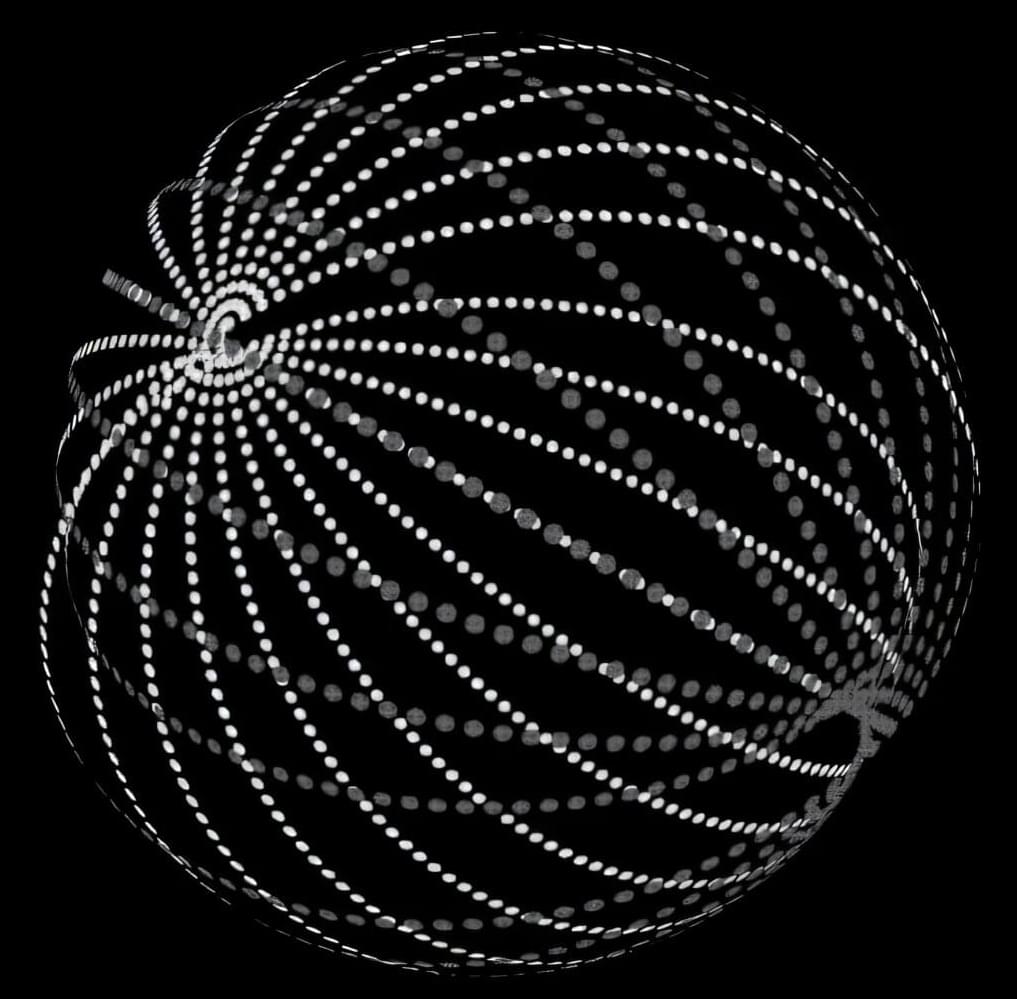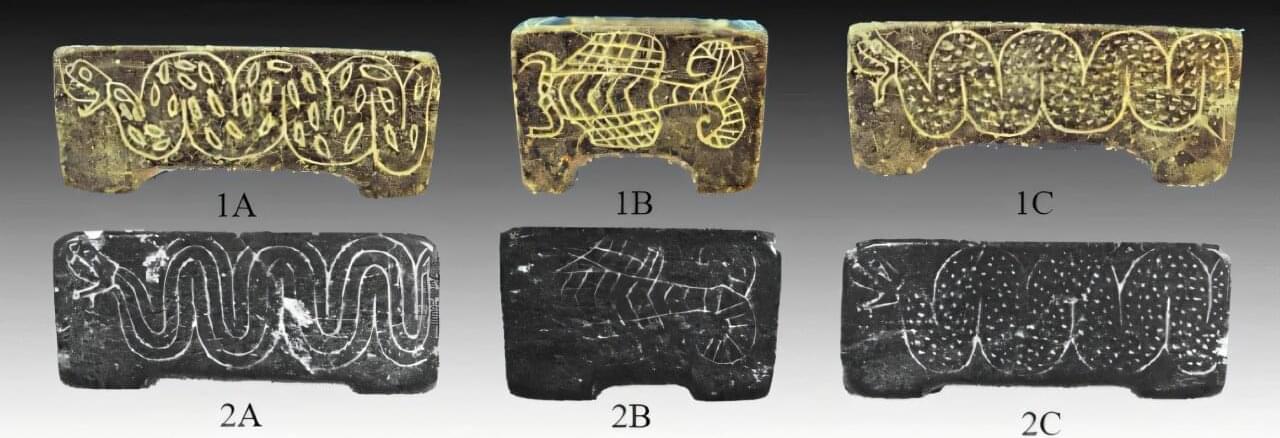Browser-based identity attacks surge in 2025, targeting SaaS apps and weak credentials across enterprise accounts.
Category: futurism – Page 30


Stunning Dinosaur Tracks Appear to Show Something Never Seen Before
Roughly 76 million years ago, a herd of herbivorous dinosaurs left a trail of footprints that reveals different species may have walked together – and been stalked together, too.
An international team of paleontologists discovered the trackways preserved in ironstone at Canada’s Dinosaur Provincial Park. This area is known for its remarkable fossil specimens, but these are the first good set of tracks found in the area.
They reveal something fascinating: tracks from at least five ceratopsian dinosaurs appear alongside those of an ankylosaurid, meaning this could be the first evidence of multi-species herding among dinosaurs.

Microresonator-referenced soliton microcombs with zeptosecond-level timing noise
A compact optical frequency division system with magnesium-fluoride-microresonator-based frequency references and silicon-nitride-microresonator-based comb generators is reported, offering a soliton pulse train at 25-GHz microwaves with an absolute phase noise of −141 dBc Hz–1 and timing noise below 546 zs Hz–1/2 at a 10-kHz offset frequency.

Earth appears to be developing new never-before-seen human-made seasons, study finds
Diverse perspectives, especially those from Indigenous knowledge systems, can enhance our ability to respond to environmental changes. Integrating alternative time-keeping methods into mainstream practices could foster fairer and more effective solutions to environmental problems.
Seasons are more than just divisions of time — they connect us with nature. Finding synchrony with changing seasonal rhythms is essential for building a sustainable future.
This edited article is republished from The Conversation under a Creative Commons license. Read the original article.

What’s the lifetime of a Dyson megaswarm?
In 2015, astronomer Tabetha Boyajian and colleagues announced the discovery of unusual light fluctuations coming from a star about 1,500 light-years away. It came to be known as “Tabby’s star” or “Boyajian’s star,” and the peculiar alterations in the light transmitted to Earth quickly drew attention.



